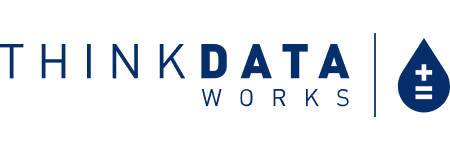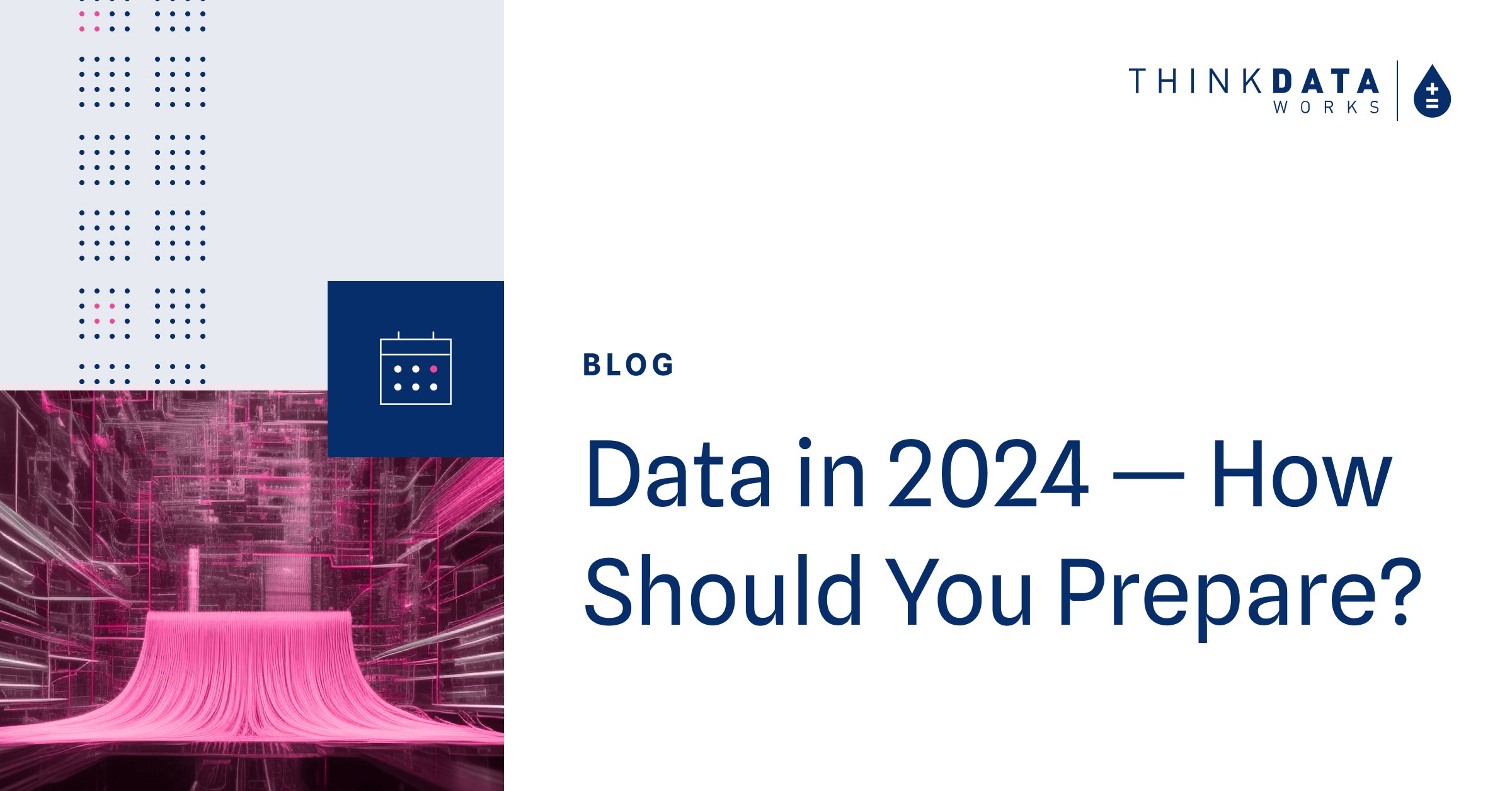4 min read
3 min read
Water Data Provides Ground-Level Insight into Business Risk
September 12, 2019 7:00:00 AM EDT
In May 2014, Milwaukee experienced 82 water main breaks in five days, sending thousands of people scrambling for water and costing the city hundreds of thousands of dollars in infrastructure repair and property damage.
The series of breaks – although surprising in scale – are an all-too-frequent occurrence across North America. Aging infrastructure is an increasingly critical problem in the United States, and the American Society of Civil Engineers has recently calculated that the government needs to invest around $3.6T on water infrastructure alone by 2020. According to some studies, there are around 240,000 water main breaks annually in the US, or around 650 every day – and water main breaks are only the most visible sign of a volatile system. Less obvious indicators, such as water availability and quality, often go unnoticed until it's too late. Aging infrastructure is partially to blame, but so is a lack of information. When Flint, Michigan, switched from using Detroit's water system to drawing its water from the Flint river in 2014, the river's more acidic water corroded the lead pipes that supplied water to the city, leaking dangerous quantities of lead into Flint's drinking water. By the time city officials acknowledged the problem and switched back to the old water source, irreparable damage had already been done to the city's plumbing. The social cost of this crisis is incalculable, as it's only now becoming clear how many children were exposed to high levels of lead in their drinking water, and the economic cost to Flint's businesses is immediate, and substantial.
According to some studies, there are around 240,000 water main breaks annually in the US, or around 650 every day – and water main breaks are only the most visible sign of a volatile system. Less obvious indicators, such as water availability and quality, often go unnoticed until it's too late. Aging infrastructure is partially to blame, but so is a lack of information. When Flint, Michigan, switched from using Detroit's water system to drawing its water from the Flint river in 2014, the river's more acidic water corroded the lead pipes that supplied water to the city, leaking dangerous quantities of lead into Flint's drinking water. By the time city officials acknowledged the problem and switched back to the old water source, irreparable damage had already been done to the city's plumbing. The social cost of this crisis is incalculable, as it's only now becoming clear how many children were exposed to high levels of lead in their drinking water, and the economic cost to Flint's businesses is immediate, and substantial.
Broadly, water infrastructure issues are beginning to cause significant business losses. These range from general (the lack of water availability in California, for example) to specific, such as water quality issues risking a major Ford manufacturing plant shut down to a dairy farm unable to sell milk products for months because of a significant contamination in their water source.
Given the right data, it is now possible for businesses to better assess and prepare for these water infrastructure related risks.
At ThinkData Works, we’ve partnered with WatrHub to provide insight into water infrastructure across North America. WatrHub is the de facto source of Strategic Market Data for Water Industry Leaders, amassing the world's largest Data Warehouse of 700M+ public documents and hundreds of data points and indicators related to Water Infrastructure in North America. We’re working with them to bring these data points and indicators to new industries that can use them to make strategic business decisions and mitigate risk.
Together with WatrHub, ThinkData is proud to announce the release of the industry’s premier water infrastructure risk data set, available at zip code-level to enable analysts to assess water risks from a granular, intra-regional viewpoint.
In order to help Financial Institutions, Investors, Businesses, and Insurers predict water related risks to their portfolio, we’re making the data available for the first time through the Namara Marketplace. By connecting to the data, analysts will be able to incorporate these 4 Critical Risk Categories into their valuation models:
Industrial Water Availability
The industrial Water Availability risk category evaluates the likelihood of service interruptions by the local water utility, which would disrupt industrial operations.
8 Factors used to evaluate this score include:
- Prevalence and Scope of Drinking Water Treatment Plant Capacity Issues
- Water Loss Issues
- Aging Water Distribution System Issues
- Population Growth
- Water Drought Potential
- Seasonal Water Supply Risk
- Progress of Water Infrastructure Investments into Advanced Water Re-Use
- Watering Restrictions Imposed by Local Water Utility
Industrial Water Cost
The Industrial Water Cost risk category evaluates the likelihood of water costs increasing by the local water utility, which would affect profitability of industrial operations.
10 Factors used to evaluate this score include:
- Prevalence and Scope of Water Regulatory Compliance Issues
- Investment into Advanced Treatment
- Investment into Distribution System
- Drinking Water Treatment Plant Capacity Issues
- Hazardous Contaminants in City's Drinking Water
- Time since Last Water Rate Increase
- Unresolved Water Rate Cases
- Planned Water Infrastructure Expansion
- Water Distribution System Capacity Issues
- Cost of Water Per Capita
Industrial Wastewater Cost
The industrial Wastewater Cost risk category evaluates the likelihood of wastewater treatment costs and requirements increasing for local industrial operations, which would affect profitability.
9 Factors used to evaluate this score include:
- Prevalence and Scope of Wastewater Regulatory Compliance Issues
- Progress of Investment into Advanced Treatment
- Investment into Sewer Collection System
- Presence of Impaired Water Bodies
- Time Since Last Sewer Rate Increase
- Cost of Sewer Per Capita
- Planned Wastewater Facility Expansion
- Wastewater Treatment Plant Capacity Issues
- Sewer Collection System Capacity Issues
Water Quality
The Water Quality risk category evaluates the likelihood of a water quality crisis which causes health risks.
4 Factors used to evaluate this score include:
- Prevalence and Scope of Water Regulatory Compliance Issues
- Wastewater Regulatory Compliance Issues
- Water Infrastructure Operational Issues
- Hazardous Contaminants in City's Drinking Water
Businesses will be able to incorporate these 4 critical Risk Categories into their valuation models and be able to leverage these factors into their strategic business decision making and risk mitigation processes.
ThinkData offers a lot more data than that – over 250,000 thousand datasets from more than 75 countries around the world. Request a consultation with one of our data experts to talk about external data.
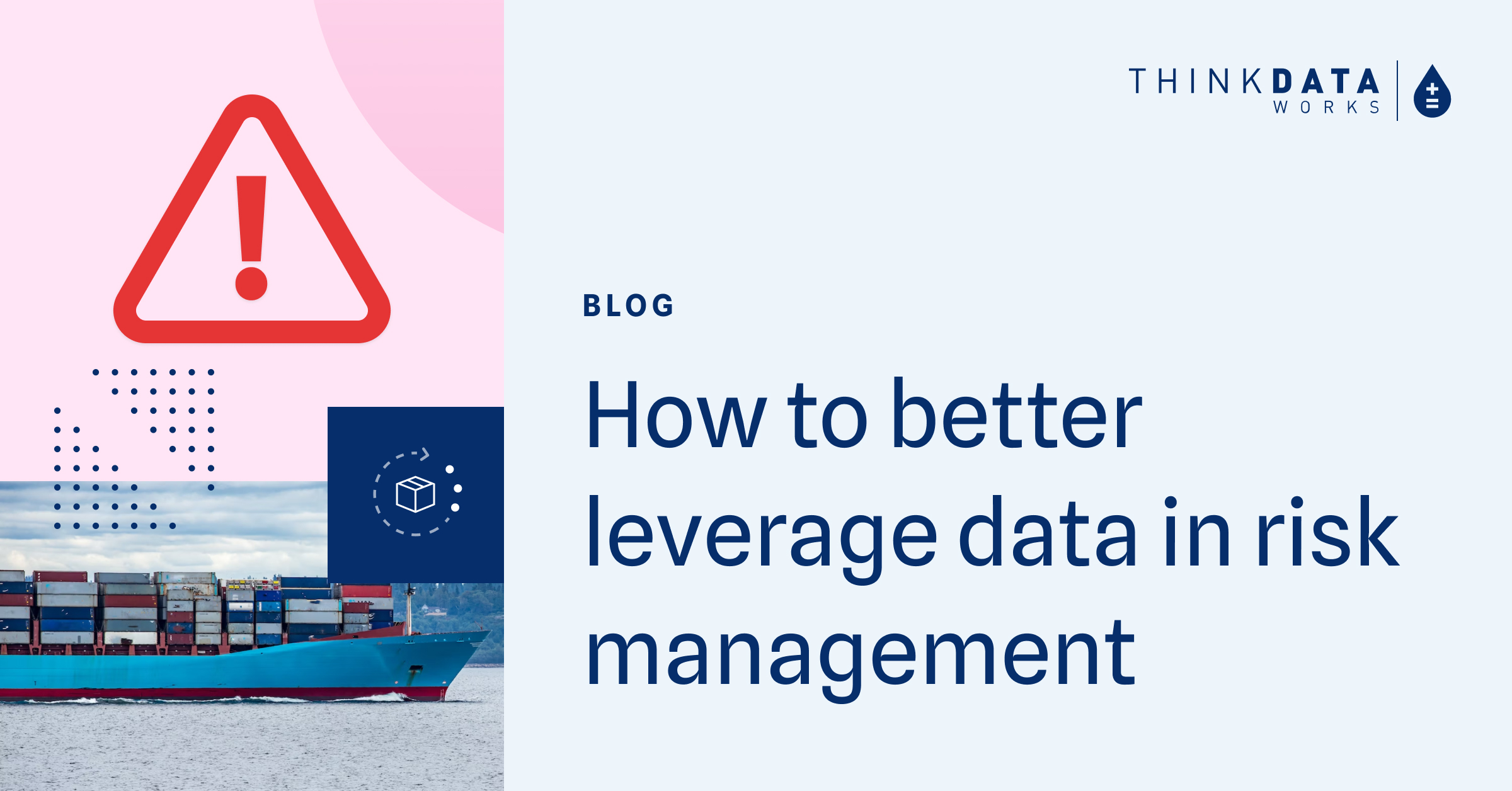
4 min read
How to better leverage data for risk management and crisis response
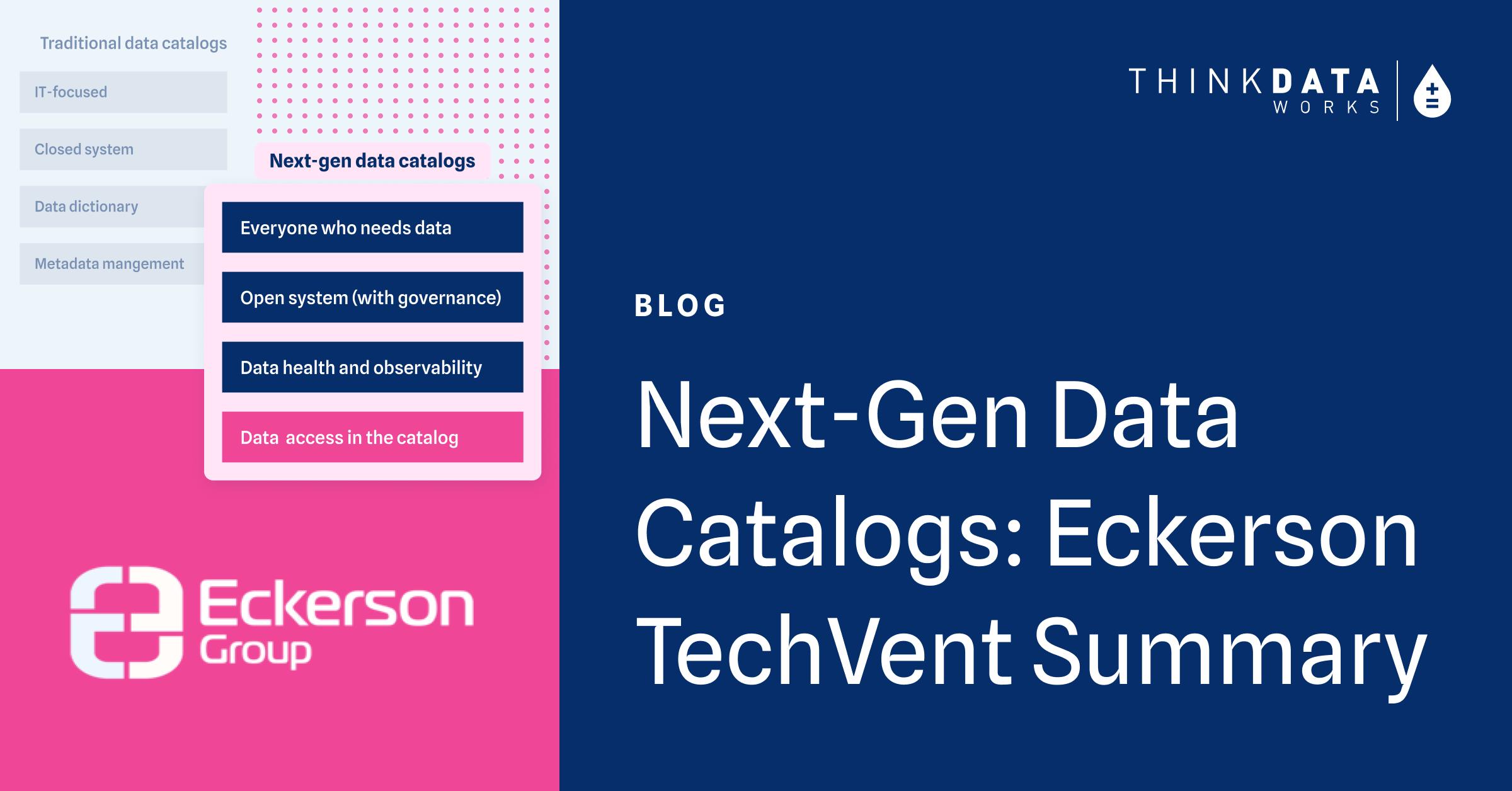
3 min read
